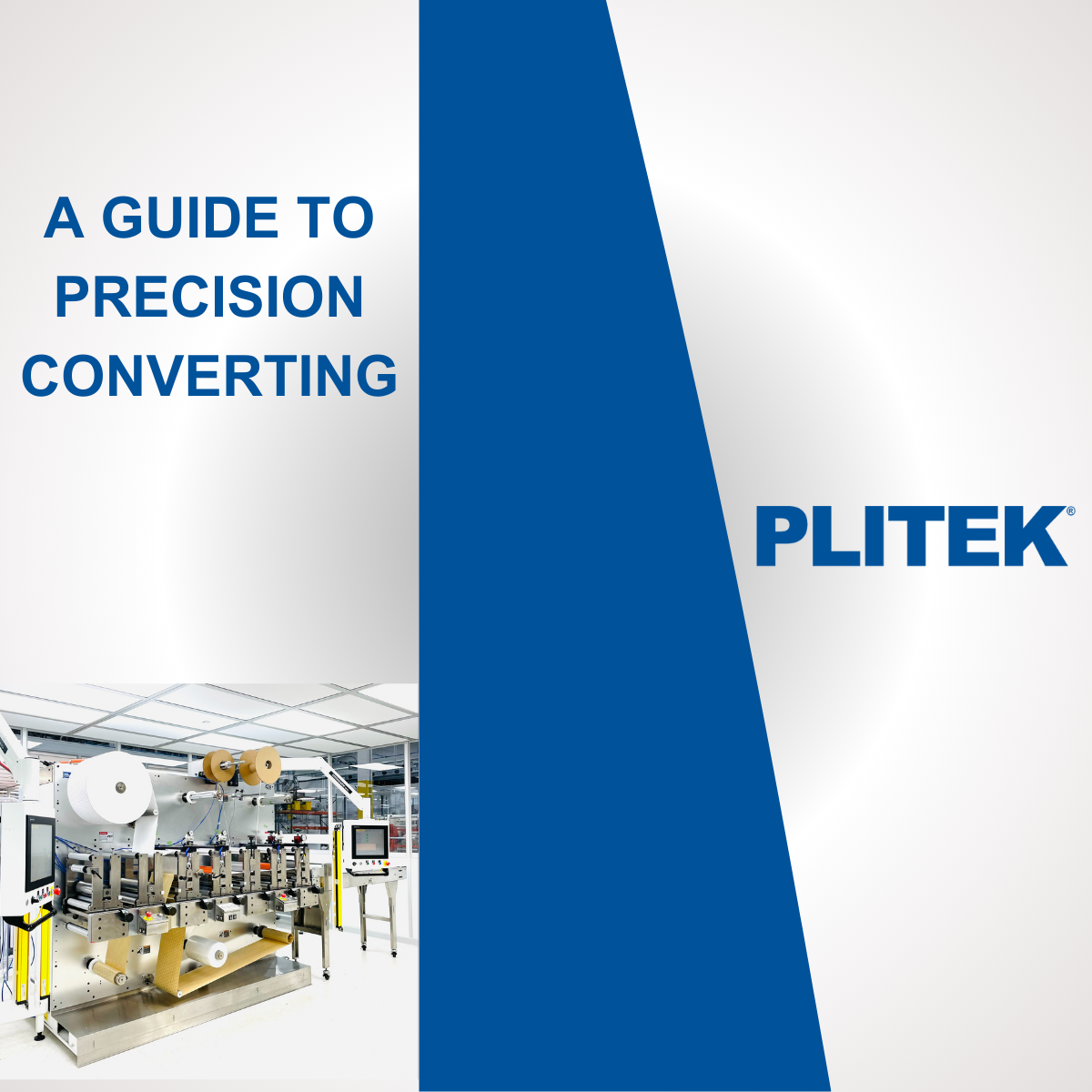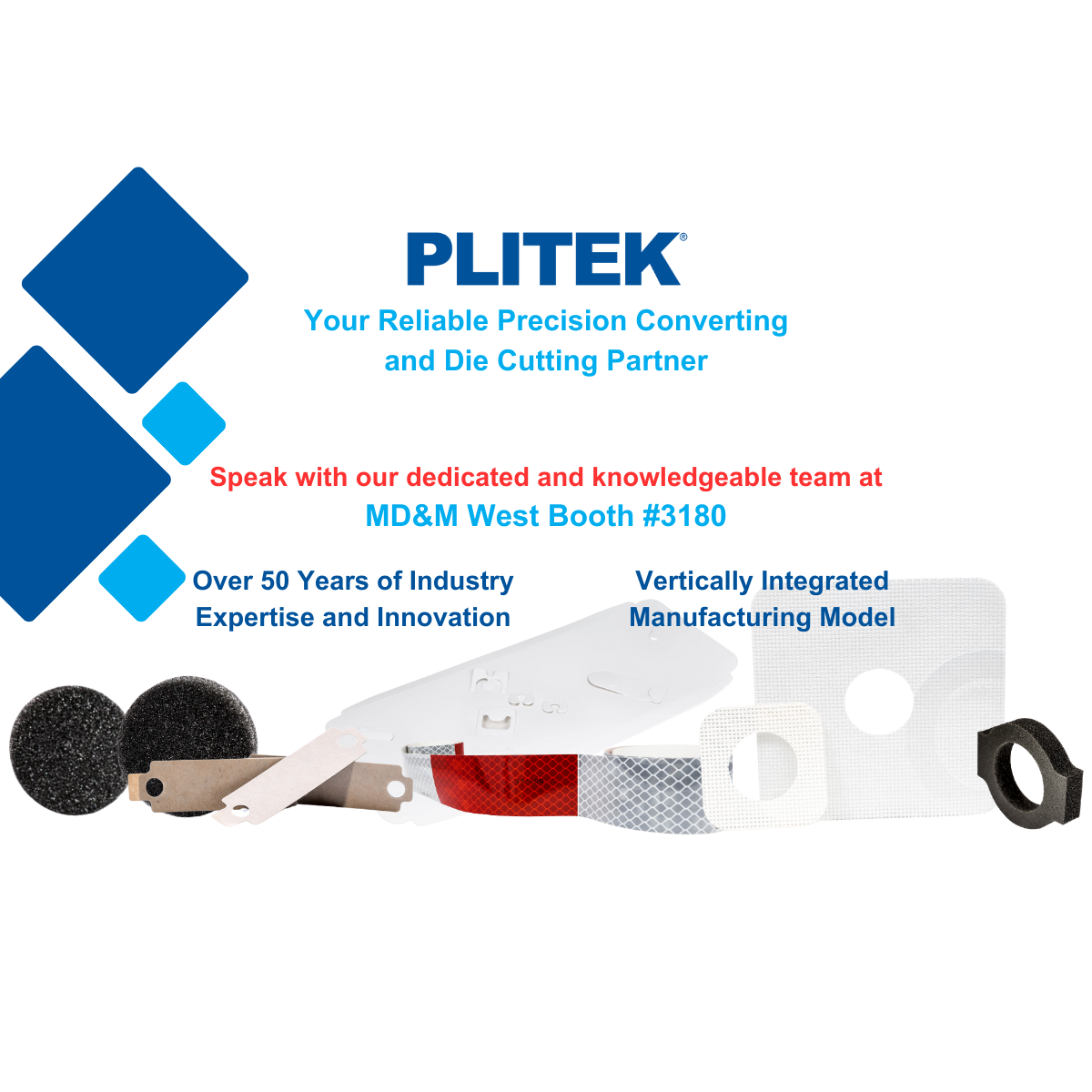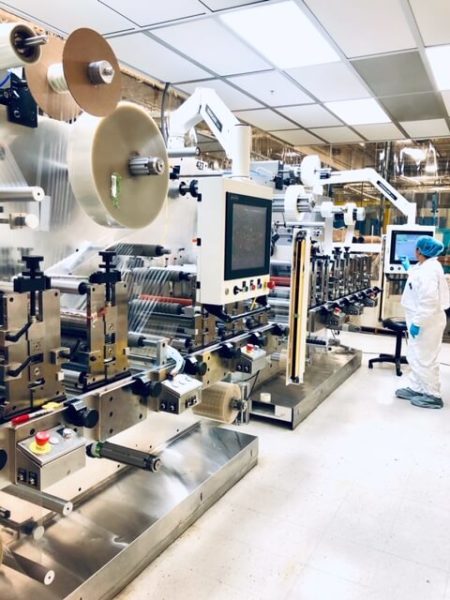Introducing The Comprehensive Guide to Precision Converting – your ultimate resource guide understating precision converting manufacturing techniques. Whether you require medical device manufacturing, electronics, or any product requiring precise material converting, this guide is your go-to resource for understating diverse range of precision converting processes each with its unique advantages.
You’ll gain insights into how we tailor our precision converting processes to suit different applications, considering factors like volume, material type, and complexity.
Whether you are involved in medical devices, electronics, automotive, or industrial manufacturing requiring precision converting, this guide will serve as your essential resource. From understanding the basics of die-cutting, laser cutting, and flatbed die cutting to exploring innovative methods for achieving unparalleled precision, our aim is to equip you with the knowledge and tools to understand your manufacturing options. Discover the advantages of each precision converting process:
- Rotary Die Cutting
- Flatbed Die Cutting
- Laser Cutting
- Hybrid combination of multiple options
Are you struggling to navigate the complexities of precision converting for your manufacturing needs? The challenge of choosing the right manufacturing process, ensuring quality, and meeting stringent manufacturing requirements can be overwhelming, especially when precision and efficiency are non-negotiable.
We understand these challenges well. With years of experience and a deep understanding of precision converting, we’ve honed our skills in various cutting processes, including rotary die cutting, flatbed die cutting, laser cutting, and more. Our expertise lies in not just executing these processes, but in understanding the nuances of each to provide the best solution for your specific needs.
In this comprehensive guide to precision converting, we’ll take you through the diverse range of precision converting processes available at PLITEK®, each with its unique advantages. You’ll gain insights into how we tailor these processes to suit different applications, considering factors like volume, material type, and complexity. We’ll equip you with the knowledge you need to make informed decisions about the cutting process that best suits your project, ensuring quality, efficiency, and precision every step of the way.
Whether you are involved in medical device manufacturing, electronics, automotive, or industrial sector requiring precision converting to exact specifications in material processing, this guide will serve as your essential resource. From understanding the basics of die-cutting, laser cutting, and laminating to exploring innovative methods for achieving unparalleled precision, our aim is to equip you with the knowledge and tools necessary to excel in this complex field.
Exploring the Versatility of Precision Converting Processes at PLITEK®PLITEK® offers a diverse range of die cutting and converting processes, each tailored to meet the unique demands of our clients’ projects. Our primary cutting methods include rotary die cutting, flatbed die cutting, laser cutting, knife cutting, and hybrid processes – a combination of several methods for optimal results.
PLITEK®‘s Team-Based Engineering Approach:Our process setup and selection are not unilateral decisions. Instead, they are the result of a collaborative, team-based approach. We engage in extensive discussions, drawing on boards, and conducting risk analysis to select the process that offers the least risk and highest yield. This collaborative approach ensures that we consider all aspects of the project, from engineering challenges, production efficiency, to scalability.
By taking a holistic view of each project, our team helps to ensure that the chosen cutting or converting process aligns perfectly with the specific requirements of the application. This meticulous attention to detail in process selection is a testament to our commitment to delivering optimal results for our clients, regardless of the project’s complexity or scale.
The best time to consider the type of manufacturing process is at the very beginning of a project, even as early as the prototyping stage.
This early consideration is crucial for several reasons:
Understanding Requirements: Early in the process, it’s vital to understand the customer’s requirements, tolerances, and the types of materials involved. This understanding plays a significant role in how to engineer and design the part.
Scalability: As projects evolve and scale, the manufacturing process may need to adapt from lower to higher volume production. Considering the manufacturing process early ensures that scalability is built into the project from the start. While the temptation to scale up rapidly for higher throughput can be strong, it can lead to significant challenges. Premature scaling without proper validation and risk assessment can result in complications that could have been avoided.
Risk Assessment: Starting with a smaller scale allows for a thorough assessment of risks and challenges associated with the project. This approach helps in mitigating potential issues hat might arise in high-volume production.
Tooling Design: In many cases, we design tooling on a smaller scale initially (one-up or two-up) to get a clear understanding of the process, material behavior, and reaction during the cutting process. This step is crucial for ensuring the feasibility and success of the project.
Ready to see how we can help your business solve engineering and manufacturing challenges? Contact; [email protected]
View website





